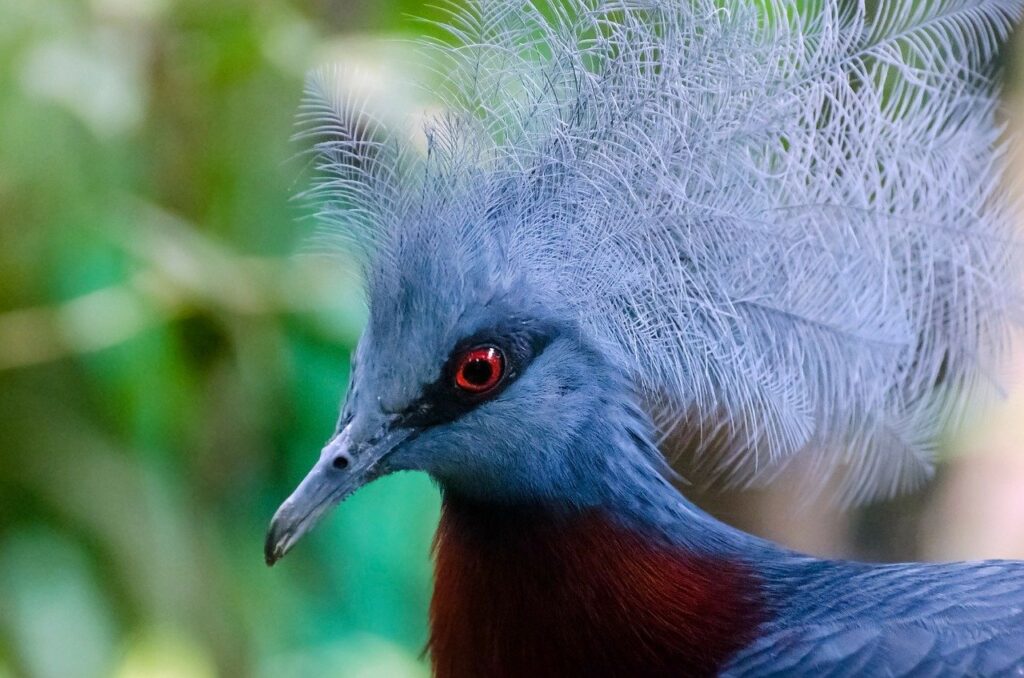Endangered species
The International Union for Conservation of Nature (IUCN) is a global organization that keeps tabs of endangered species, and classifying them in categories like ‘near threatened’, ‘endangered’ ‘extinct’, and so on based on the threat level of their extinction. Their study reveals that the number of flora and fauna species in the endangered category has increased in the past two decades. More than 23,000 plant and animal species are facing extinction, including corals, birds, mammals, and amphibians.
In the latest list submitted to IUCN by India more than 683 species are now in the endangered list as compared to 413 species which were found to be endangered in 2009.
Rapid economic growth, industrialization, development project clearances have threatened the natural habitat of other species of fauna. More than 10 states in India got clearance for 15 projects which would divert land reserved for wildlife sanctuaries and national parks for development or commercial activities. This rapid increase in the number of endangered species indicates severe stress on biodiversity and wild habitats.

Illegal poaching of animals for rarity items, leisure has severely threatened many species and some of them are even in the extinction list. Illegal poaching in Sariska and Panna tiger reserves in the states of Rajasthan and Madhya Pradesh have led to their vanishing from their sanctuaries. The same has happened to the Buxa tiger reserve in West Bengal. Almost 222 lions died in 2018-2019, in the Gir forest reserve in Gujarat.
In the oceans and the seas, the threat to the coral reefs from blast fishing, poisoning, and overfishing is also very real. 60% or more coral reefs are under severe risk because of destructive fishing practices. The growing trawling and industrial fishing is wiping out sea turtles and many other endangered species. Sharks, swordfish, marlin, grouper, croaker, and other top predator species have also experienced significant population declines.
